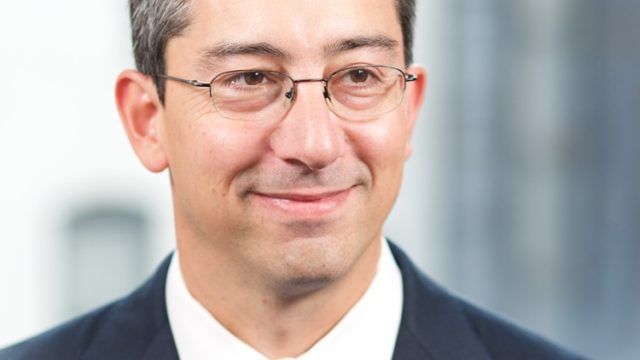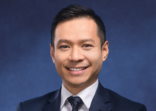Robert Hordon, JO Hambro
Multi-asset funds appear to be in demand in Asia, and firms are responding.
In March, the Hong Kong regulator approved the Schroder ISF Multi Asset Growth Fund. Singapore-based Fullerton Fund Management is awaiting regulatory authorisation for three multi-asset funds to be launched in the Lion City. Goldman Sachs Asset Management recently revamped its mixed-asset product, increasing the yield target to 6.5%-7% from 5%.
JO Hambro’s Income Builder Fund, launched about one year ago, targets a 5% annual income distribution and long-term capital appreciation, according to Robert Hordon, co-manager.
The portfolio asset mix is 51%/42% equities/fixed income, gold (3.2%) and cash (3.8%). The bottom-up strategy has a value investing bias. When markets plunge, the managers aim to buy what they consider quality stocks at a discount – in the belief they were oversold.
“The possibility of a policy mistake this year or Brexit moving in an unfavourable direction –we are all very much exposed to that,” Hordon told FSA on a visit to Hong Kong. “The US-China trade conflict we are monitoring because it creates a climate of weaker confidence.
“More important is how others react to macro events. Reactions can create opportunities at the individual security level.”
Hordon said he added 1000 basis points of equities to both new and existing positions when the S&P 500 fell 13.8% during the last quarter of 2018.
“Individual positions suffered significant drawdowns. We were surprised to see that and we added to those to take advantage of those low prices.”
As an example, he mentioned real estate investment trusts. “Reits were severely punished in that phase. That’s unusual because in an environment where interest rates are not necessarily going up, risk off, Reits are viewed somewhat defensively. So we took advantage of that to buy individual positions.”
Risk strategy
Hordon believes the fund can avoid value traps by using a proprietary “persistence scorecard”, which screens individual securities for the portfolio and serves as “the first line of defense in risk management”.
The seven-point persistence scorecard rates a business on criteria such as financial and operating leverage, cyclicality, management quality and barriers to entry.
“It helps us understand the resilience of a business in a more subjective way, so the bias is toward companies with long-term durability.”
A very high score on persistence, means the team is less demanding on the valuation discount, Hordon said. Likewise, a more moderate persistence score makes them more demanding about the discount required. “We don’t own low persistence businesses.”
Another risk surrounds high yield. As interest rates rise, high yield issuers may have difficulty servicing debt. Around one-third of the fund’s fixed income sleeve is in high yield credit, although they are mainly higher quality instruments, rated BB or B.
But Hordon said high yield does not necessarily perform poorly in rising rate environments.
“A rising rates environment is usually associated with strong fundamentals and growth and the [US Federal Reserve] wants to control it. On the other hand, high yield is sensitive to rates, primarily credit investments, so it’s default risk that high yield spreads are most sensitive to.
“If high yield will default, it is usually a deterioration unless it’s fraud,” he said. (The fund hasn’t had a default, but it is only about one year old).
Personal stake
Positions in the fund cannot exceed 2% of the portfolio and a 5% ceiling is the aim for geography, sector or investment theme, he said. The largest equity position is Nestle at 1.63%.
Hordon believes the fund could be a core holding in an investor’s portfolio. The team of three managers, the other two are Giorgio Caputo and (ex-Goldman Sachs Income Builder Fund co-manager) Lale Topcuoglu, aim to “avoid the permanent loss of capital by investing with a margin of safety”.
The aim has personal significance for the managers. Hordon and Caputo have each put $1m of their own money into the fund (the share class sold in the US), according to the firm.
Total assets are currently $155m. The fund’s capacity is limited to $10bn, at which point it would be soft closed, Hordon said.
The Global Income Builder vs the category and key indices since the Asia launch


















